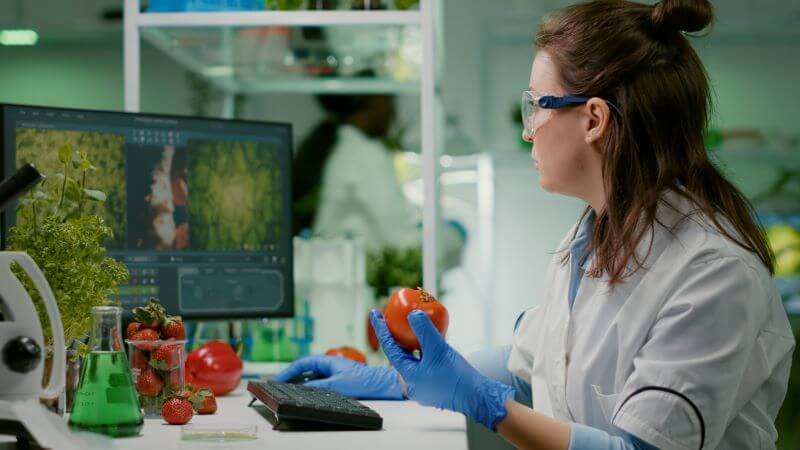Is it truly sanitary to drink multiple cups of coffee from the same mug without washing it? What about throughout a single day or even over several days? We explore this contentious issue that sparks debate among coworkers by the coffee machine, weighing convenience against health risks.
Do you belong to the group that sips several coffees from the same cup throughout the day? You’re not alone. Many employees, rushed or indifferent, frequently reuse their mugs without cleaning them. But is this habit, while economical and environmentally friendly, actually free from health risks?
Coffee: A (Bad) Breeding Ground for Germs?
A drink not suitable for bacterial growth
Good news for coffee lovers: this beverage, due to its acidity (pH range of 4.85 to 5.10), does not create an ideal environment for bacteria. Research indicates that the acidity and high temperature of freshly brewed coffee hinder microbial growth. In theory, consuming multiple coffees from the same cup doesn’t pose an immediate threat—provided you drink it quickly.
However, the situation changes if your mug is left unattended at your desk for hours. Exposed to air, the cooled coffee remnants can become more amenable to colonies of bacteria or mold.
Beware of the Office Environment
Is your workspace genuinely clean? Workplace surfaces can harbor up to 400 times more bacteria than a toilet seat. Keyboards, mice, and work surfaces can easily contaminate the cup you handle all day.
Should your mug come into contact with germs in this environment, you could inadvertently ingest them while sipping your coffee.
How Risky Is a Dirty Coffee Cup?
Coffee residue isn’t the only concern
Contrary to popular belief, it’s not the coffee residue itself that poses a significant risk; rather, it’s the accumulation mixed with external germs.
If you touch your mug with unwashed hands or if it sits in an unhygienic location, microorganisms can thrive in it.
Increased Risk When Sharing
Another aspect to consider: do you share your cup? If so, the chances of transmitting bacteria or viruses rise, particularly during flu or cold season.
According to Santé Publique France, respiratory viruses like the flu can survive for several hours on surfaces. A poorly washed cup thus becomes a potential vector for contamination.
Reusing the Same Mug: How to Minimize Risks?
Rinse your mug between coffees
Even if you don’t wash it with soap each time, a quick rinse with hot water can remove some residues and germs.
This helps reduce the risk of bacterial growth.
Wash your hands often
One of the simplest precautions against contamination is to wash your hands before handling your mug.
Offices are places where germs flourish, so it’s better to take preventive action.
Thoroughly clean at least once a day
If you use the same mug throughout the day, make sure to wash it with soap at the end of the day.
Residual bacteria can multiply if you leave a dirty mug from night to morning.
Beware of sugary or creamy additions
If you add sugar, milk, or cream to your coffee, your risk increases.
These ingredients serve as a feast for bacteria, which can proliferate swiftly in these more nourishing environments.
Should You Be Concerned About This Habit?
In reality, drinking several cups from the same mug isn’t a major health concern as long as some basic measures are taken. The acidity of coffee limits the growth of microbes, but that doesn’t exempt you from maintaining a reasonable level of cleanliness.
However, if you frequently experience infections or have a compromised immune system, it’s wise to wash your mug between uses to minimize risks. So, the next time you reach for your mug for yet another cup of coffee, take a moment to consider: Is it still “clean,” or is it time for a rinse?
NOTE
With an average consumption of 2.3 cups of coffee per person daily, France ranks sixth among the highest coffee-consuming countries in the world.







